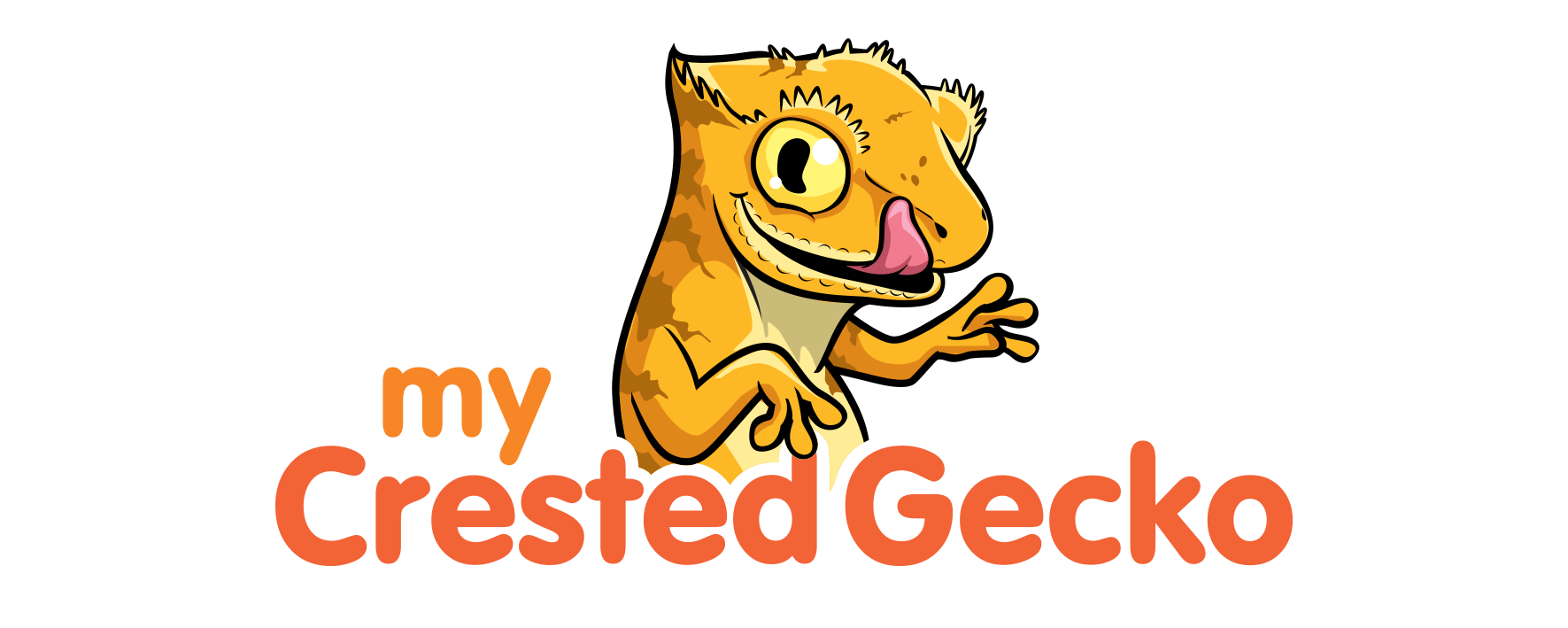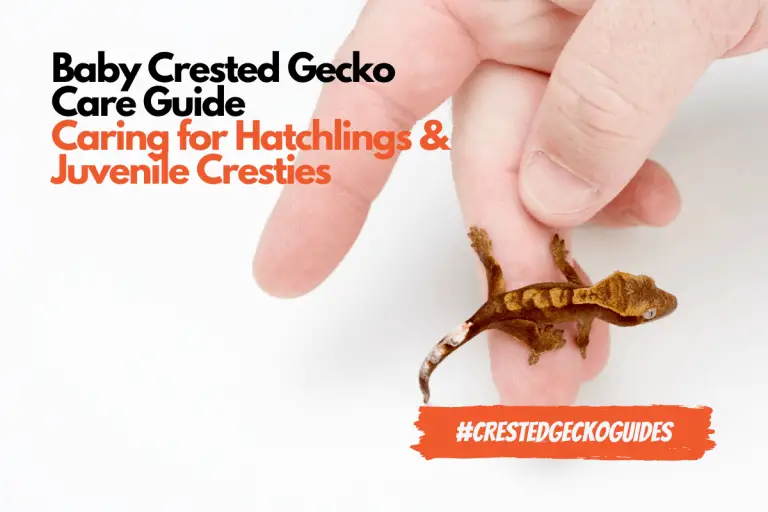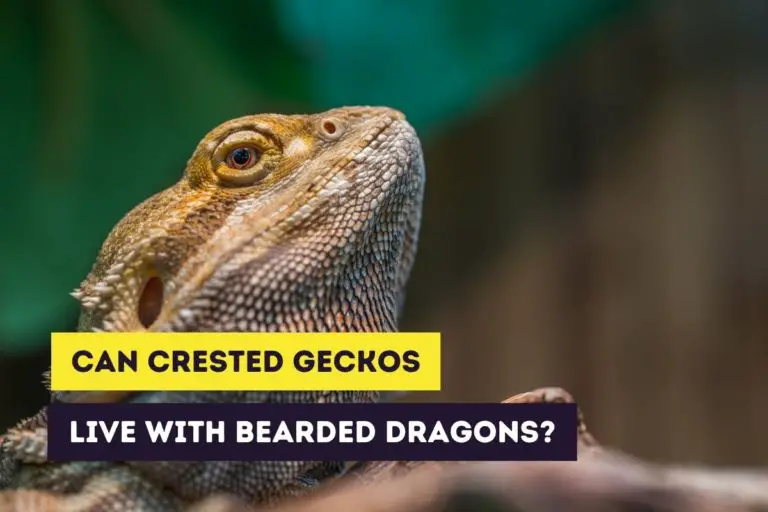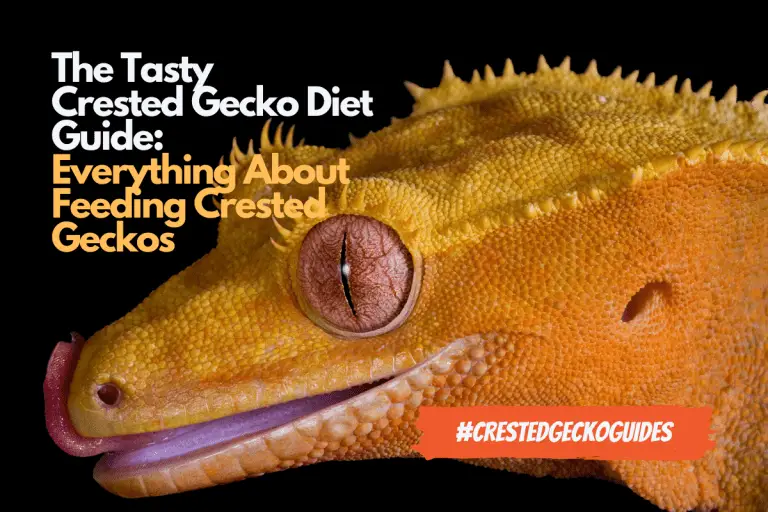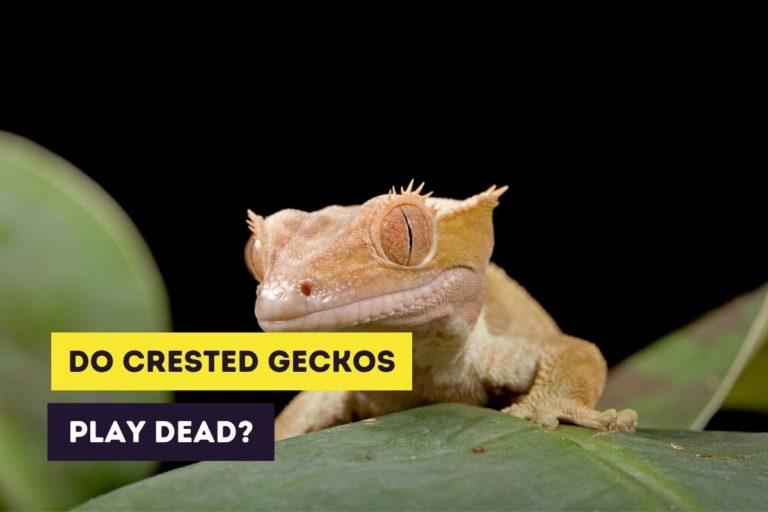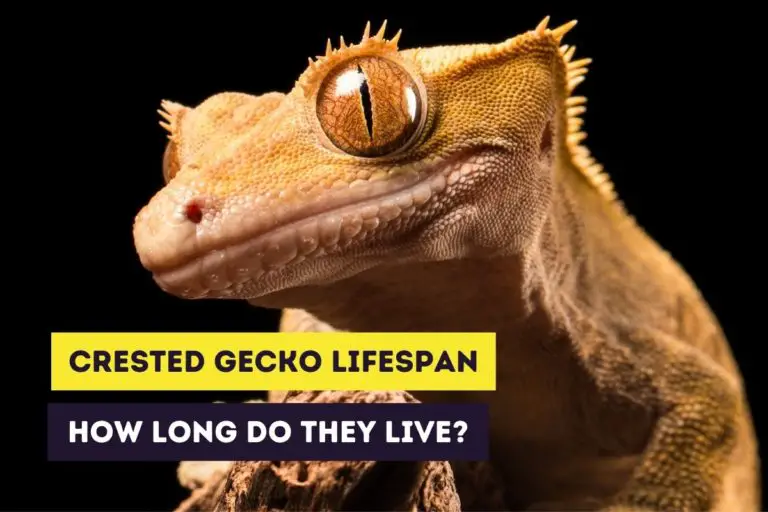How to Breed Crested Geckos?
Crested geckos are really popular and a lot of crestie owners have taken up the job of breeding crested geckos for a myriad of reasons. If you want to start breeding cresties you don’t have to worry too much. The process of breeding crested geckos is quite easy. In fact, it’s one of the reasons they’re so widely available.
But if you don’t know what to do you can get into a lot of surprises. So I decided to create a breeding guide for crested geckos with a lot of helpful tips and tricks that can help you start your own line of crested geckos.
This site contains affiliate links to products we recommend and use ourselves. We may receive a commission for purchases that you make through these links. If you’re interested in learning more about our affiliate links, please visit our (affiliate) disclaimer.
Before Breeding
Why Do You Want to Start Breeding?
There are basically two kinds of breeders. Those that breed cresties because they absolutely love them and want to expand their collection. And those that want to make some money.
If you’re interested in stickers or other products of crested geckos, you can always visit our Etsy Shop, which is called Artful Animalia. We currently only send stickers in the United States. If you’re interested in certain crested gecko-related products, don’t hesitate to contact us.
If you intend to keep the hatchlings for yourself you don’t need to invest in a lot of equipment. But if you want to make a profitable business out of breeding crested geckos you’ll want to be sure you don’t lose a lot of money. You’ll need to buy a lot of food and you’ll need to care for the hatchlings for a while.
What Do You Need?
Crested geckos are easy to breed and don’t need a lot of high-end equipment. You’ll need:
- A pair of healthy crested geckos
- A weighing scale
- Egg-laying boxes and substrate
- Incubation boxes and substrate
- Multiple terrariums for when you separate your colony
- Time to care for the hatchlings!
Pairing
When Can My Cresties Pair?
Crested geckos have a natural 8-9-month breeding cycle between March-September. Both male and female have to be sexually mature before you try to mate them. Females must be 18 months old, weigh a minimum of 35-40 grams, and have sufficient calcium stores prior to breeding. It’s important to give her dusted insects and a calcium lick during the breeding process.
The Mating Part
When you’re ready to have some hatchlings, it’s time to take the male from his enclosure and place him into the enclosure of the female. It’s important to be careful when introducing the male. Male crested geckos can get quite aggressive and hurt the female
He can chase her around the enclosure and mount her from behind. It’s also not uncommon for a male crested gecko to bite the head of the female multiple times during mating. During mating, you’ll probably hear some weird sounds like squeaks and squawks. This is absolutely normal.
When the male crestie bites in the skin of the female and causes an open wound, it’s important to immediately remove the female. You’ll need to clean the wound with water and treat it with antibiotics until the wound heals. If the female has healed you can again introduce the male.
How Long Does the Mating Take?
Mating or copulation can start within a few hours after introducing the male to the female. They may mate only once but a lot of times they will mate multiple times. A lot of breeders leave the pair together for about a week so they can mate multiple times.
Do I Leave the Pair Together After Mating?
There isn’t a golden rule to decide whether or not you should leave the pair together after they successfully mated. Some breeders will allow the pair to stay together in the same terrarium while others separate them.
It’s up to you to decide what you do but a lot will depend on the behavior of both cresties towards each other. If they can live together well then there is no special need to separate them. But if they seem to stress each other out or if the male is aggressive towards the female you
Gravid Female Care
The female crestie will become pregnant very short after breeding. There is a special term for a pregnant crested gecko, a gravid female. Although your female will become gravid fast it’s possible that you don’t notice it especially when it’s the first time you breed cresties.
How to know if the female is gravid?
- the female will start to frequent the warmer areas of the terrarium
- she may become more reclusive and stay more in her hiding places
- an increased appetite until it’s time to lay eggs
It’s important not to handle a gravid female because this creates a lot of stress for her. So, unless it’s absolutely necessary, don’t handle her during this period.
Egg Deposition
It’s important to have a place where the female crestie can lay her eggs. Most breeders will create a separate egg-deposition chamber where the female can lay her eggs and you can easily locate them. But there are also breeders that let the female lay her eggs in the enclosure to stay true to nature.
Preparing an Egg-Deposition Chamber
You don’t have to spend a lot of money to create an egg-deposition chamber. All you need is a plastic container measuring 8 x 5 x 5 inches. Fill the container about half with slightly damp moss. You can also use other types of loose substrate like a mixture of vermiculite and peat moss. Use a lid to seal the chamber and cut a hole of 2 inches wide in the lid so the female can enter and exit the chamber without any trouble.
Egg-Deposition in an Enclosure
If you decide that you don’t want a separate egg-deposition chamber you want to provide a moist area in the substrate of the enclosure. This way the female has a special place to bury the eggs. The female will usually lay her eggs at night and she will dig a hole in the substrate, lay her eggs and then cover them with the substrate. So it’s a little it more difficult to locate the eggs when you don’t use a special container.
Time to Lay Some Eggs
Every 30-45 days the female will lay 2 eggs in the egg-deposition chamber or in the enclosure. She will dig a hole in the substrate, lay the eggs and then cover them up.
A female crestie lays an average of 6 to 10 clutches during the
You need to remove the eggs from the chamber or enclosure within 24 hours. If you don’t remove them fast enough they may dehydrate and not hatch when incubated. Be very gentle when handling the eggs. You should remove them individually and place them in an incubation box.
What should the eggs look like?
- small and flexible
- pearly white with a light pink spot
- yellow eggs with a thin and soft shell aren’t usually viable
Incubating the Eggs
There are a few ways to incubate the eggs. You can choose to place them in a container in a dark place like a closet or you can use a special incubator. Both incubation methods are good and you shouldn’t feel the need to spend money on an incubator if you’re on a low budget.
Using an Incubator
An incubator has the benefit of keeping the eggs at a certain temperature without any fluctuations. There are a lot of incubators available that are equipped to incubate reptile eggs. Any of those will suffice. To be sure that the incubator is good, you can test it to see if it holds a consistent temperature
If you’re a bit of a handyman you can also create your own incubator. All you need is a 10-gallon aquarium with a few inches of water. Use an aquarium heater to heat the aquarium to the right temperature. Then place a brick in the water and put the container on the brick. Use a top to keep the heat and moisture inside.
Using an Incubation Box
If you don’t want to use an incubator, you can make your own incubation box. To do this use a plastic container or a shoebox and fill it 2/3 with a substrate. You can use vermiculite, perlite, Hatchrite or Superhatch. Make sure the substrate is moist but not dripping wet. Also, create 5 to 8 1/8 inch holes in the lid for ventilation.
Put the eggs into the substrate (about a quarter inch down) then put the lid on and place the box in a cool, dark spot like a closet or cupboard.
When Will the Eggs Hatch?
Crested gecko eggs usually hatch between 60 and 120 days when exposed to temperatures between 72 and 78 degrees Fahrenheit (22 to 22.5 degrees Celsius). If the environment is cooler is may last longer and if it’s hotter it may not take that long. It’s best to check the eggs each day after 28 days.
Why Did My Eggs Not Hatch?
Even the best breeders can have nonviable eggs. There are a lot of factors that can cause an egg to not hatch.
Possible causes
- not fertilizated by the male
- poor health of the female
- not enough calcium
Hatchling Care
When the hatchlings are fully developed they’ll poke a hole in the eggshell and peek out. This act is called pipping and is just as adorable as it sounds. The hatchlings may not emerge fully right away; some stay in the shell to absorb all the nutritious yolk. Don’t remove them from the eggs but wait until they have absorbed all the yolk and come out themselves.
A small plastic container is an excellent enclosure for hatchlings. From this point on you’ll need to take care of baby crested geckos. If you want to learn more about baby crested gecko care be sure to read this article.
And Remember
Breeding crested geckos can be fun and interesting, but egg-laying can take its toll on a female. So give her time to rest before checking her weight, calcium stores, and general health. Watch she doesn’t get egg-bound and at the first sign of ill-health, get her to a reptile vet.
Want to Learn More?
If you want to learn more about crested geckos as pets, please read the following articles.
If you’re interested in getting crested geckos as pets you should also definitely read our article about baby and juvenile crested gecko care or (adult) crested gecko care.
